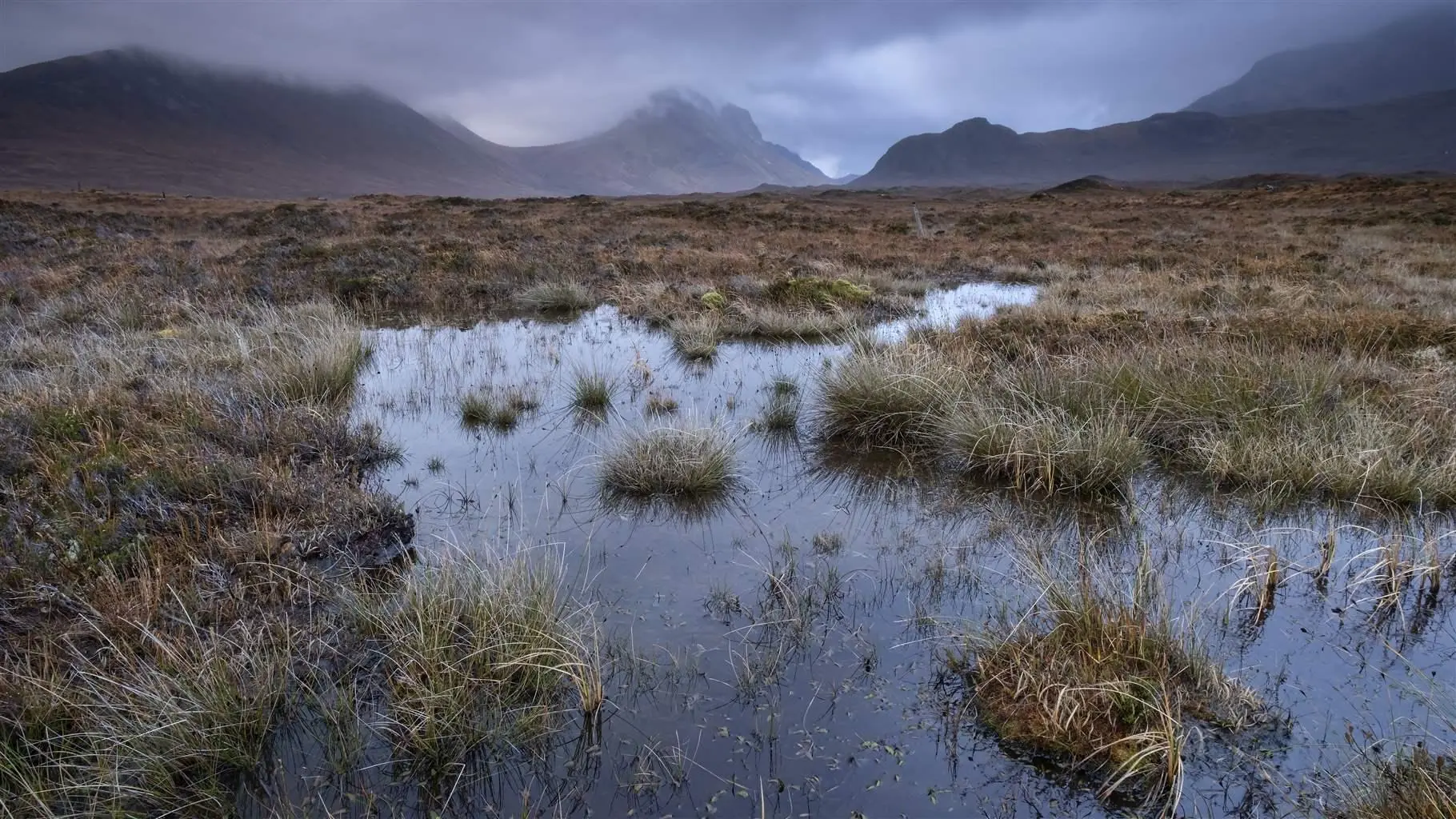About Peatlands
- Peatlands are terrestrial wetland ecosystems in which waterlogged conditions prevent plant material from fully decomposing.
- Consequently, the production of organic matter exceeds its decomposition, which results in a net accumulation of peat.
- Peatlands occur in every climatic zone and continent and cover 4.23 million km2, which corresponds to 2.84% of the Earth’s terrestrial surface.
- The majority of the world’s peatlands occur in boreal and temperate parts of the Northern Hemisphere, especially, Europe, North America, and Russia, where they have formed under high precipitation-low temperature climatic regimes.
- Peatlands include landscapes that are still actively accumulating peat, others that are no longer accumulating and do not support the principal peat forming plants, and peatlands used for economic uses such as agriculture, forestry, and excavation for energy and heat generation, horticulture, and other uses.
- About 84% of the world’s peatlands are considered to be in natural, or near-natural state.
- Drained peatlands make up about 16% of the world’s peatlands, or 0.5% of the Earth’s terrestrial surface.
- Due to the process of peat accumulation, peatlands are carbon rich ecosystems. Peatlands are the largest natural terrestrial carbon store. They store more carbon than all other vegetation types in the world combined.
- Damaged peatlands are a major source of greenhouse gas emissions, responsible for almost 5% of global anthropogenic CO2 emissions.
Q1) What is the greenhouse effect?
The greenhouse effect is the process through which heat is trapped near Earth’s surface by substances known as greenhouse gases. Greenhouse gases consist of carbon dioxide, methane, ozone, nitrous oxide, chlorofluorocarbons, and water vapor.
Source: Canals used to drain peatlands are underappreciated hotspots for carbon emissions, new study finds
Last updated on July, 2025
→ UPSC Notification 2025 was released on 22nd January 2025.
→ UPSC Prelims Result 2025 is out now for the CSE held on 25 May 2025.
→ UPSC Prelims Question Paper 2025 and Unofficial Prelims Answer Key 2025 are available now.
→ UPSC Calendar 2026 is released on 15th May, 2025.
→ The UPSC Vacancy 2025 were released 1129, out of which 979 were for UPSC CSE and remaining 150 are for UPSC IFoS.
→ UPSC Mains 2025 will be conducted on 22nd August 2025.
→ UPSC Prelims 2026 will be conducted on 24th May, 2026 & UPSC Mains 2026 will be conducted on 21st August 2026.
→ The UPSC Selection Process is of 3 stages-Prelims, Mains and Interview.
→ UPSC Result 2024 is released with latest UPSC Marksheet 2024. Check Now!
→ UPSC Toppers List 2024 is released now. Shakti Dubey is UPSC AIR 1 2024 Topper.
→ Also check Best IAS Coaching in Delhi














